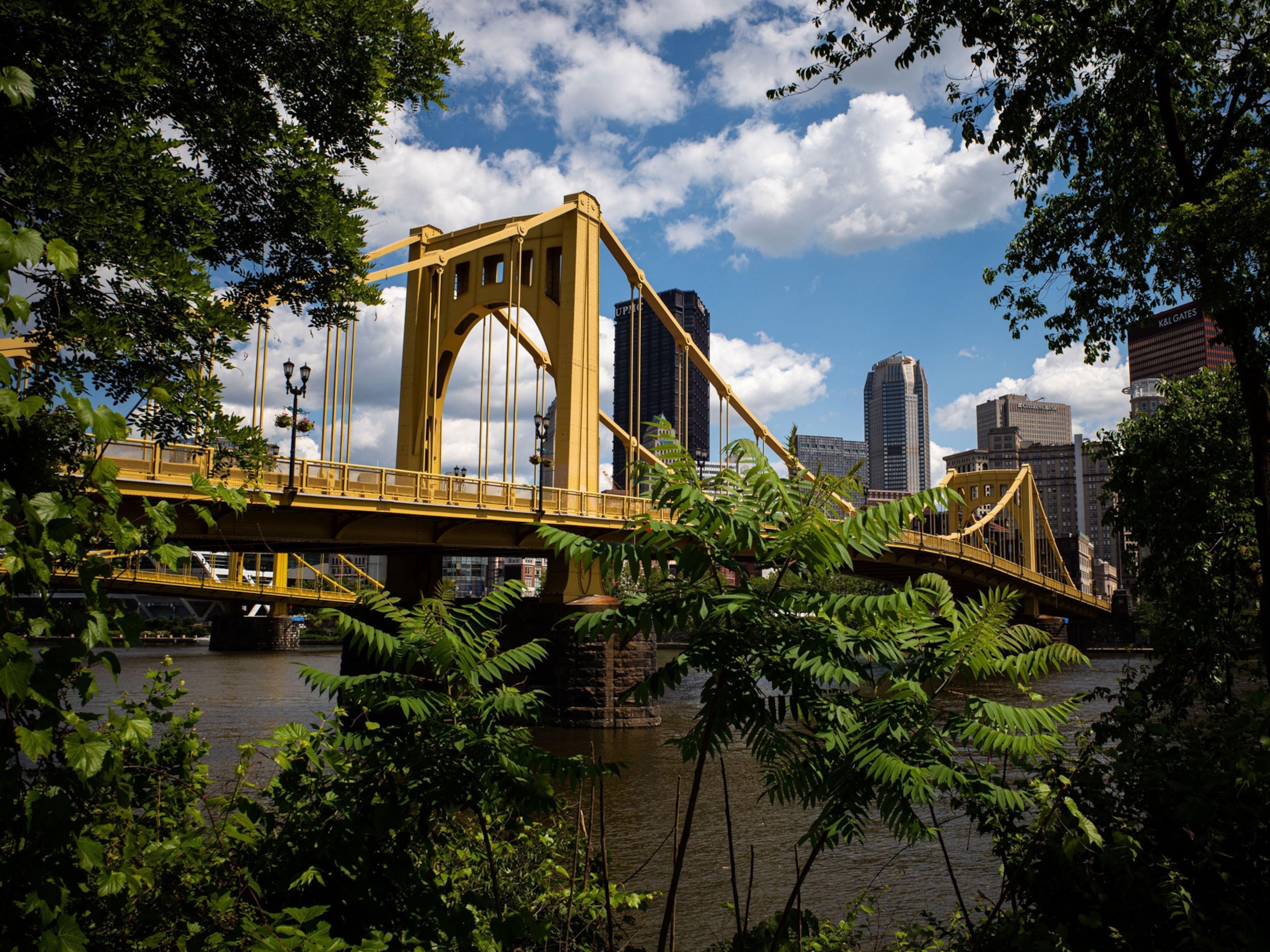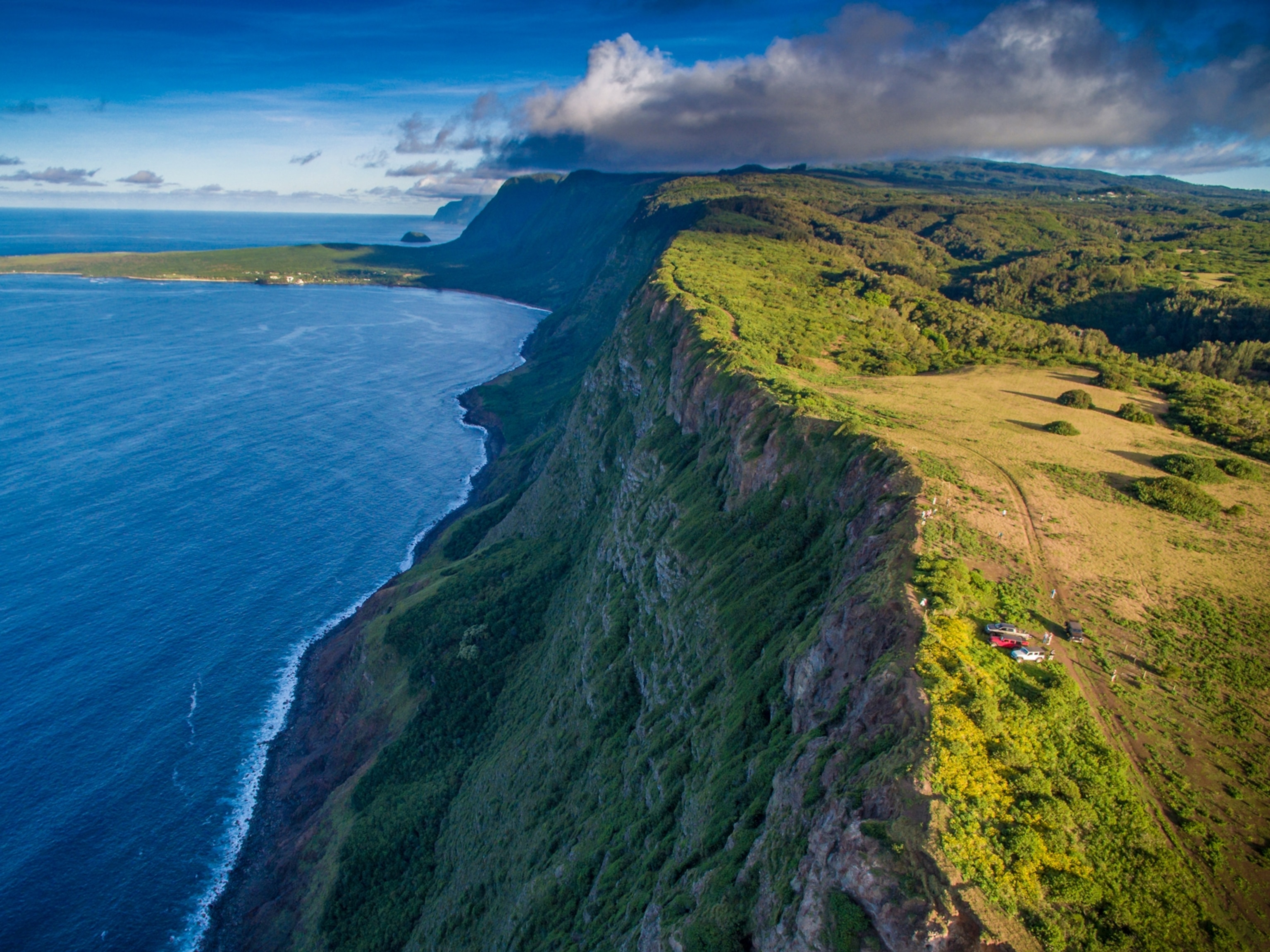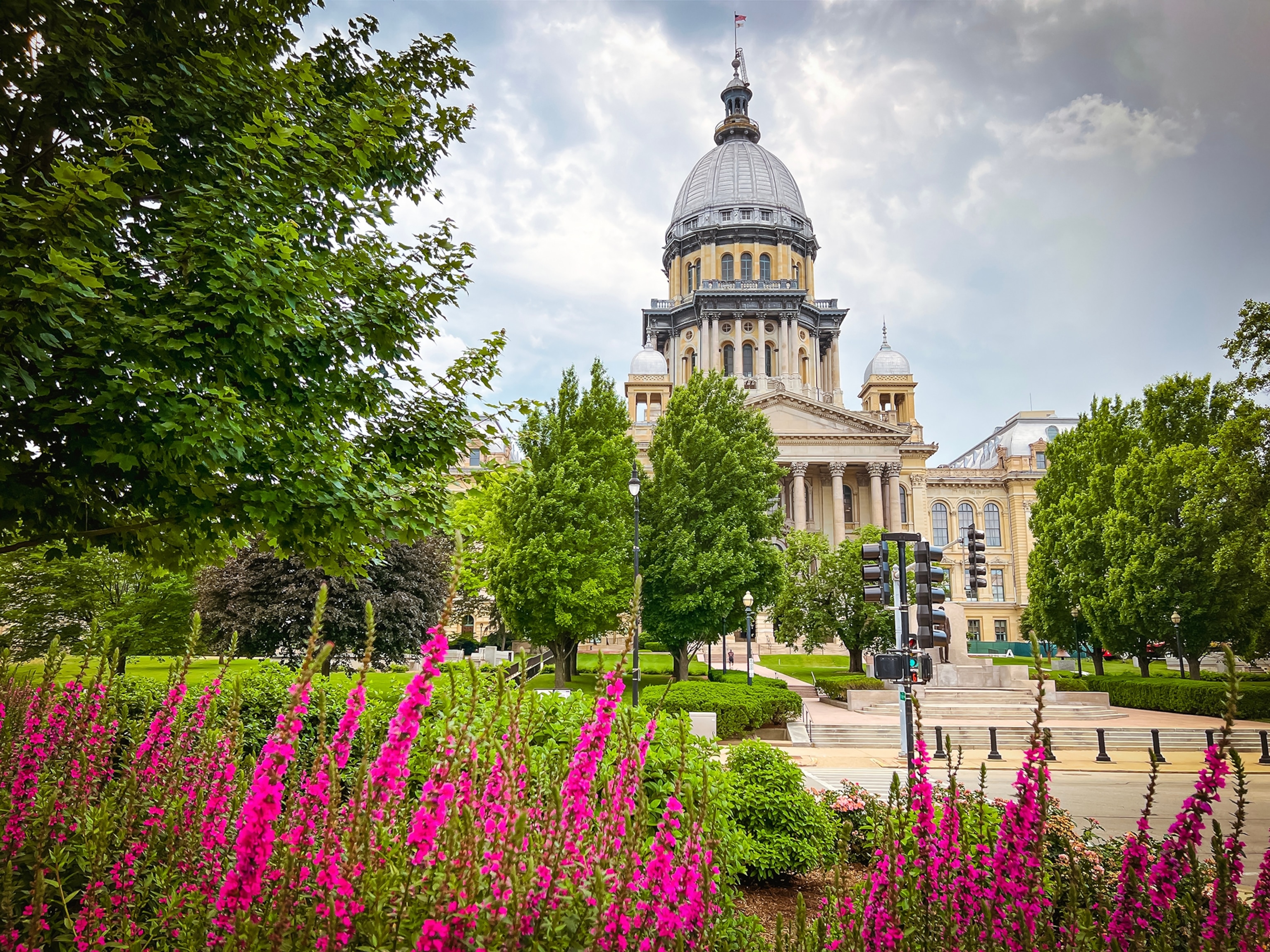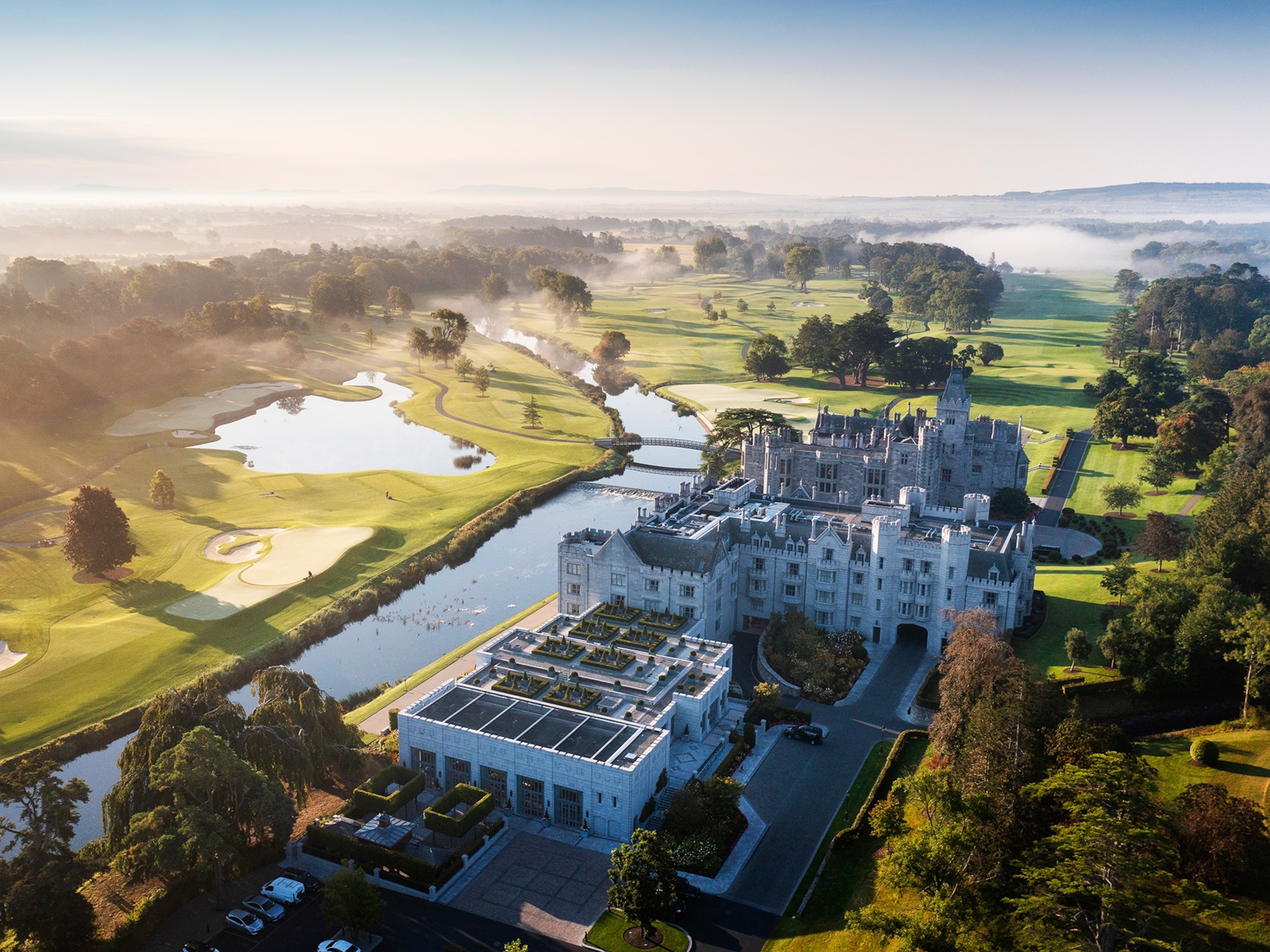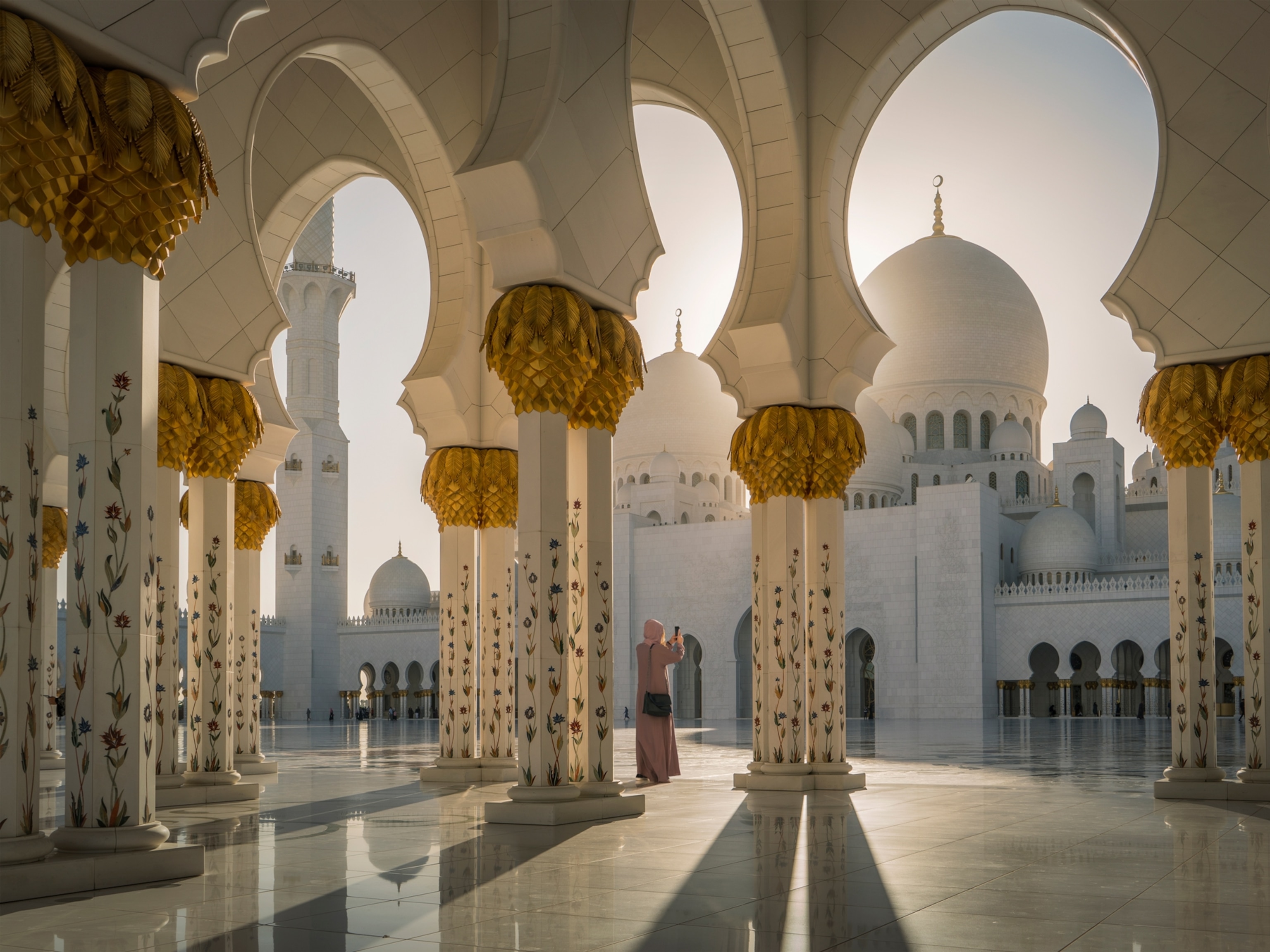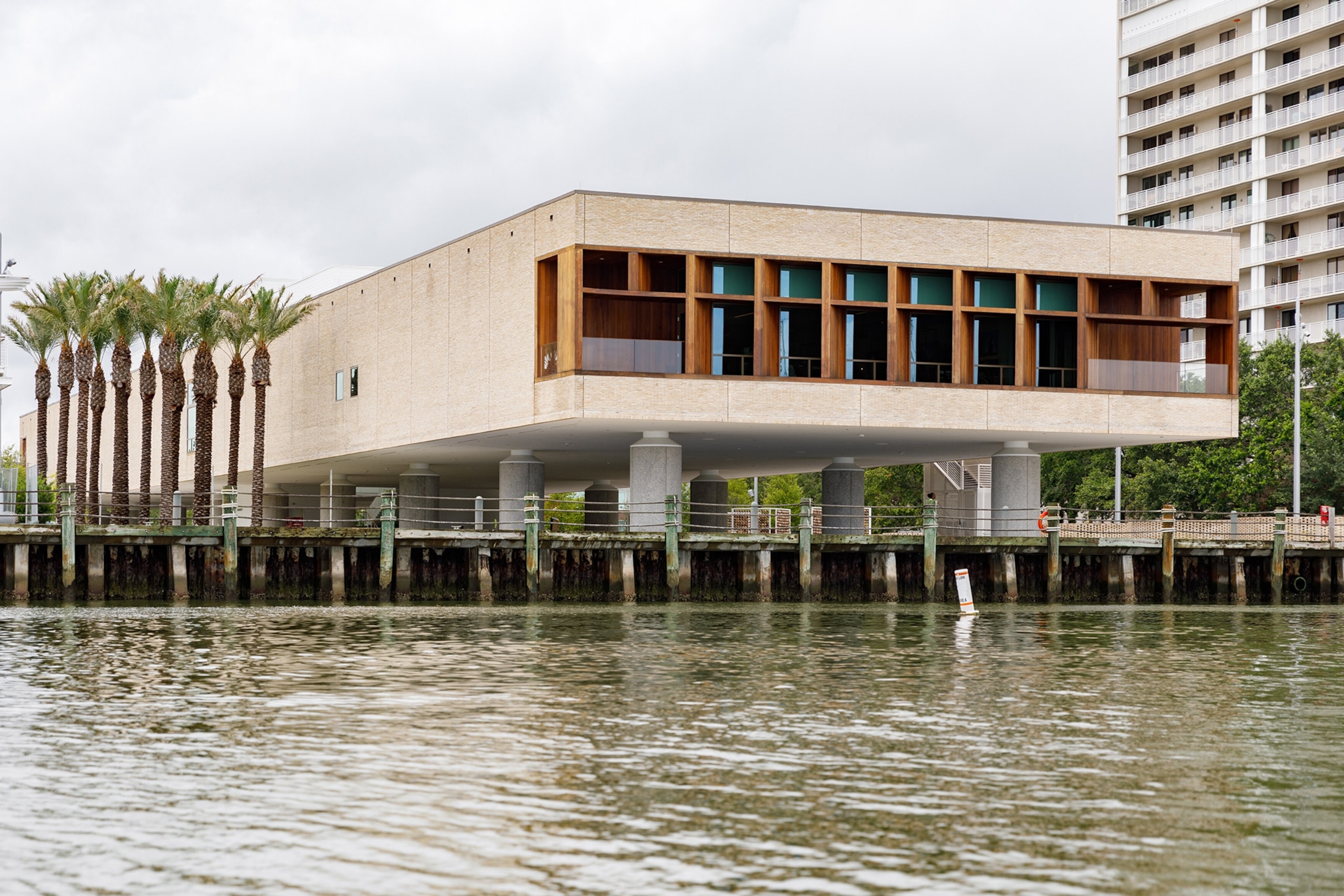
Charleston’s newest museum reckons with the city’s role in the slave trade
It’s estimated that more than 80 percent of African Americans can trace one ancestor back to Charleston. The International African American Museum centers the stories of the enslaved.
Charleston, South Carolina, may be known for its harborfront promenade lined with candy-colored, antebellum-style, million-dollar mansions. Or for its she-crab soup, shrimp and grits, fried green tomatoes, and other delicacies on the menus of the city’s famed restaurants.
Now a sleek, modern building in the heart of downtown has just opened amid much fanfare, and is set to be one of the city’s—and the nation’s—most significant cultural institutions.
The building is the International African American Museum (IAAM), located on Gadsden’s Wharf, which, from 1783-1807, was the largest single point of entry into North America for enslaved Africans.
The museum’s June 27, 2023, opening was hosted by former Cosby Show actress and a current dean at Howard University Phylicia Rashad. The Obamas sent virtual remarks, while other celebs and notable luminaries made appearances.
IAAM cost nearly $100 million and has been some 20 years in the making. Now that it’s here, its staff and team are ready for the whole world to grace its doors.
“We welcome everyone to visit us at IAAM,” says president and CEO Tonya Matthews, “to simultaneously hold the sensations of trauma and joy that are woven together throughout our exhibitions, and feel something that is akin to everything.”
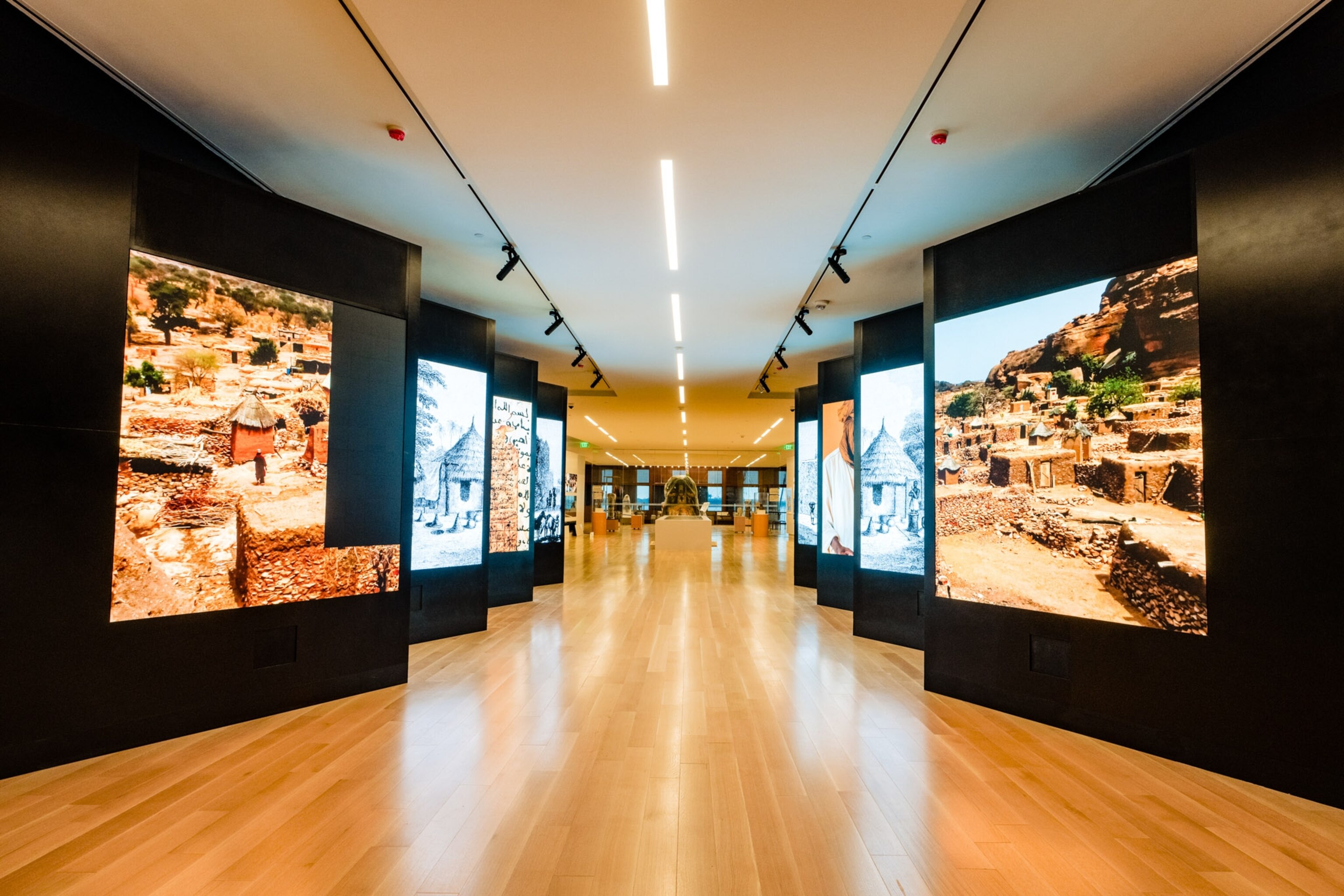
Why Charleston’s newest museum matters
At last count, there were more than a hundred African American museums around the United States, all collecting and preserving the history of people of African descent. The biggest and most comprehensive of all, the National Museum of African American History and Culture, sits on the National Mall in Washington, D.C.
(Here are 13 must-visit destinations for African American history and culture.)
But IAAM is particularly significant because of its location. More than 40 percent of all captive Africans were brought into the U.S. here, where they were sold into slavery at auction. They were then sent on to plantations and farms across the country.
In the late 1700s, Gadsden’s Wharf stretched 840 feet across, about three city blocks, and could accommodate up to six ships at once. Each one carried a cargo hold full of as many as a few hundred captive Africans.
It‘s estimated that more than 80 percent of all African Americans can trace at least one ancestor to the area. Michelle Obama, for instance, tracks two relatives to South Carolina: her paternal great-great-grandfather born enslaved on the Friendfield Plantation in Georgetown, about an hour north of Charleston, and her maternal great-great-great-grandmother, also born enslaved on a different plantation in South Carolina and given as an inheritance to a plantation in Georgia. It is likely that the family’s lineage in the U.S. began at Gadsden’s Wharf.
This site choice and the investment in the building of IAAM is also part of a larger reckoning happening in Charleston. In 2015, the Confederate flag was removed from the South Carolina State House. In 2018, the city council formally apologized for Charleston’s role in slavery.
And the city has begun to slowly challenge the mainstream narrative around the nature of plantations.
Reconsidering plantation narratives
With their weeping willow trees, deep-set porches, grand columns, and often beautifully cultivated land, plantations have been romanticized in our culture. They are recommended as wedding venues, listed on Airbnb as vacation homes before the platform banned them, and referenced positively and benignly throughout popular culture.
But plantations were places where millions of enslaved Black people toiled in the heat and cold for no pay and little rest, under often brutal conditions. Many of their grounds still include unmarked graves where the enslaved were buried.
(In Charleston, Black history is being told through a new lens.)
Charleston is slowly changing the narrative of plantations under the direction of the historical interpreters of Charleston County Parks and Recreation (CCPR), specifically through their work at the McLeod Plantation. McLeod is one of the rare plantations in the country that focus on accounts of the enslaved.
Toby Smith, the cultural history interpretation coordinator for CCPR, says this about McLeod: “This place is a memorial to the life and the times of those who were enslaved here but retained their humanity. This is their moment to be honored, and to be lifted up and to be learned from.”
She continues, “What happened here speaks to our humanity, our collective humanity, our history—as Charlestonians, as South Carolinians, and as Americans.”
She acknowledges, though, that this new emphasis doesn’t sit well with everyone.
“I read our reviews,” she says. “And I mean, sometimes people really wear themselves out. You know? ‘I wish I could give you half a star.’ ‘I hate your guts.’ Yeah. But what they’re really saying is, I’m uncomfortable with this. Right? So there is a resistance.”
(Plantations are a traumatic chapter in American history—here’s why to visit.)
Still, about 36,000 visitors come to McLeod annually now. And this last year, visitors from 95 countries walked the grounds. Plus, other plantations in Charleston are gearing up to follow in its footsteps.

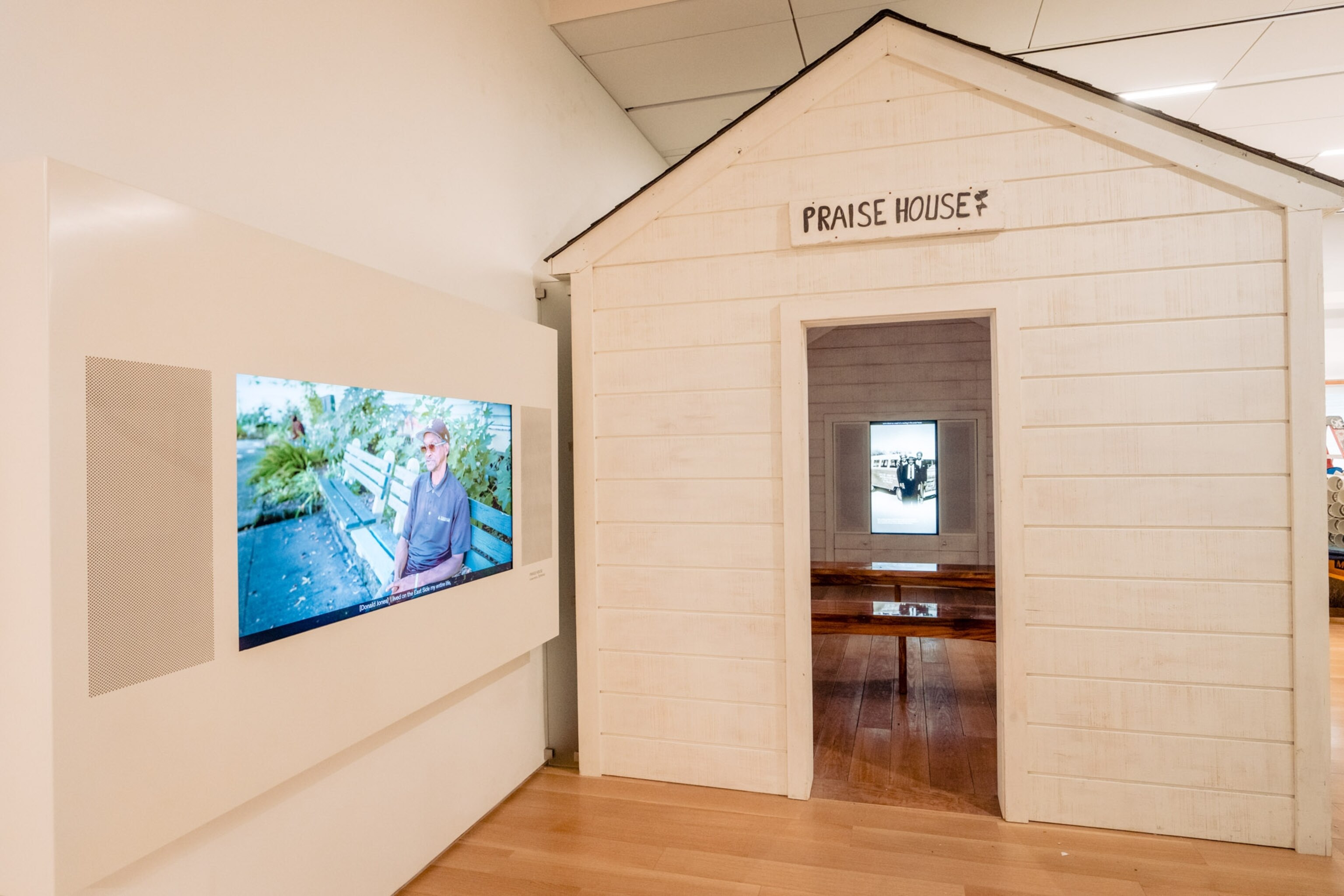
Tapping into the healing powers of water
Perhaps a new understanding really is taking root, particularly in Charleston. Tia Clark thinks so.
“I feel the shift,” she says.
Clark is a native Charlestonian who founded in 2018 Casual Crabbing with Tia, or “Let’s Go Crabbing,” rated as one of Airbnb’s best experiences in the world.
Clark plans to go to the IAAM museum with her mother and her aunt soon. “I am excited, but I know it’s going to be super emotional for me.” Clark is of Gullah Geechee heritage, and her family once lived in downtown Charleston on Henrietta Street.
While the IAAM broadly explores the history of African Americans and the global legacy of the transatlantic slave trade, it also tells the story of Black South Carolinians and specifically of the Gullah Geechees, a unique people who have traditionally resided in the coastal areas and the sea islands of North Carolina, South Carolina, Georgia, and Florida. Because they were enslaved on isolated islands and coastal plantations, they are one of the few groups of African Americans to retain foods, language, culture, and traditions that can be traced directly back to Africa.
But Clark says she grew up ashamed of her background.
“I turned my back on my heritage because I thought it was bad,” she says.
(Take a virtual tour of South Carolina’s only civil rights museum.)
Then, six years ago, a cousin took her crabbing for the first time, and she says it was like a baptism and a reawakening. It reconnected her to the culture of her ancestors, who used to crab for sustenance. This brought her back to the water, something she didn’t even know she was missing. Now she teaches tourists and even locals how to fish for crab in Charleston Harbor. And she herself spends hours out there, casting her net, often in the wee hours of the morning, watching the sunrise, reclaiming the parts of herself that were once lost.
Even though the story of African Americans starts on faraway shores, one chapter begins on arrival on these shores, along this coastline, in the water.
“It’s that water that brought the Africans here,” says Smith, who is also Gullah Geechee. “And as Gullah people, the water, we believe, carries our souls to rest.”
Maybe, ultimately, the most surprising and profound thing about the IAAM is that by standing at the edge of this historic wharf, it helps bring African Americans back to the ocean, back to the turbulent Atlantic, back to a place of origin, death, sustenance—and now, self-healing.
What to know
Vendue: This artful hotel features gleaming white floors and furniture, a baby grand piano, chandeliers, and a lively rooftop terrace.
Magnolia’s: Try the homemade chips and pimento cheese at this classic Charleston restaurant.
Millers All Day: This fun, casual place serves breakfast and good coffee.
For authentic soul food, native Tia Clark suggests these down-home places that have Gullah Geechee owners: Hannibal’s Kitchen, My Three Sons of Charleston, and Gillie’s Seafood.
Clark also highly recommends booking a Gullah Geechee tour with Akua Page of Geechee Experience.
The National Geographic Society, committed to illuminating and protecting the wonder of our world, funded Explorer Roberts’ work. Learn more about the Society’s support of ocean Explorers.
A version of this story appears in the November 2023 issue of National Geographic magazine.



